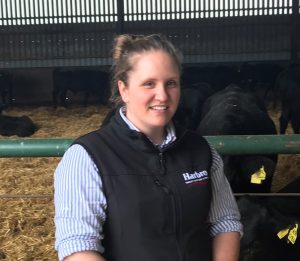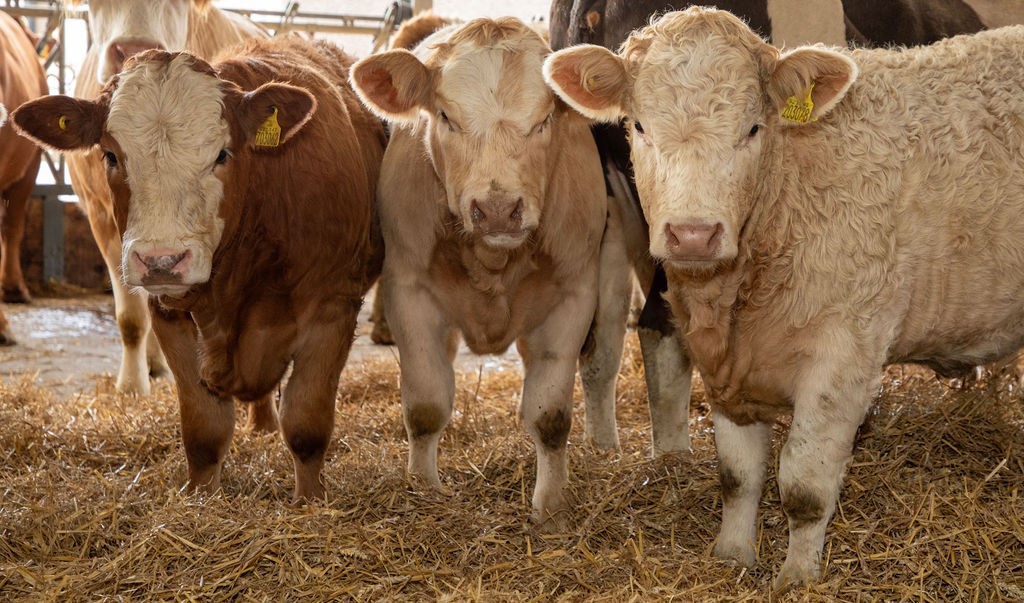by Jill Hunter

With some areas of Scotland having been hit with over twice the normal average rainfall for August, coupled with the Met Office reporting it has been the coolest summer since 2015, it comes as little surprise to hear growing cattle and lambs across the country have not thriven as expected. Current estimates are youngstock have gained 10-15% less liveweight across the grazing season compared to a normal summer. Initial analysis of early first cut silages also show poorer quality than usual, with crude protein, energy and digestibility values all lower than the equivalent sample set in 2023. This, along with cattle being housed earlier than usual, it is looking like it could be a long winter indoors.
With all these factors considered, it is worth spending time with a feed advisor or nutritionist to ensure performance targets of stock will still be met, in order to achieve the attractive market prices currently on offer.
For suckler cow units, the first hurdle in the back end of the year is weaning the calves with as little weaning check as possible. Calves which become very stressed at weaning can experience a growth check, which not only has a negative impact on meat quality as gristle will be laid down, but they could see a set back worth 10-20kg liveweight.
There are a number of ways to reduce weaning stress, including:
Vaccinate before weaning
When you wean calves in a stressful environment, they tend not to eat as much as they should for a few days. If they don’t eat, they don’t take in enough energy and protein which are both needed to let the immune system fight any challenge.
Getting calves vaccinated for respiratory diseases before housing and before weaning is a great way to reduce the number of sick and poor performing animals post-weaning. The protocol for vaccinating should always be talked through with the farm vet and be specific to your farm and risk factors. Consider this year if you could do your vaccinations earlier than usual, to give your calves a head start.
Don’t abrupt wean
Taking all animals inside and separating the cows from the calves straight away is not advised as this places more stress on the calf, increasing likelihood of a knock to performance. Other options include two stage weaning, where a nose ring is fitted to prevent calves from suckling their mothers, meaning milk is removed, but they still have the company of their dam. Physical separation then happens after 4-7 days. Alternatively, fence-line weaning can be a good option. This is were cows and calves are on opposite sides of a fence. They can still hear, see and smell each other, reducing the amount of pacing, calling and stress.

Limit mixing groups
It’s inevitable that groups of calves will have to be mixed at housing. But limiting the number of times this happens will help calves settle quicker. Harbro trial work showed that mixing groups of cattle together disturbed their hierarchy so much, it took them around 12 days to get back to gaining the same weight each day as before the mixing.
Creep feed
To minimise weaning stress, consider feeding creep for 3-4 weeks before weaning. By 200 days old, calves will be taking the majority of their feed from grazing and creep, rather than milk. At this stage, feeding the calf directly is more efficient than feeding the cow to produce milk.
Not only does creep feed reduce the stress at weaning by providing a consistent feed source and familiarity to the calves, it can also be packed full of goodies to help support the immune system.
Harbro Beefstock nuts are energy dense, full of quality protein and for this season, also bolster an updated mineral pack which is full of antioxidants.
Find out more about Beefstock nuts.
As calves have already had a challenging summer, investing in quality creep and managing their weaning process will set them on the right path for maximum performance through their first winter.
